- A multidisciplinary, evidence-based, protocol-directed approach continues to be recommended for the treatment of severe traumatic brain injury.
- Treatment of severe traumatic brain injury is performed through a systematic, tiered approach, with escalation of therapy in the setting of refractory elevated intracranial pressure.
- Role of decompressive craniectomy for the control of refractory elevated intracranial pressure remains controversial and is not clearly associated with improved outcomes.
- Early use of hypothermia to control intracranial pressure is associated with higher rates of mortality.
Latest Updates
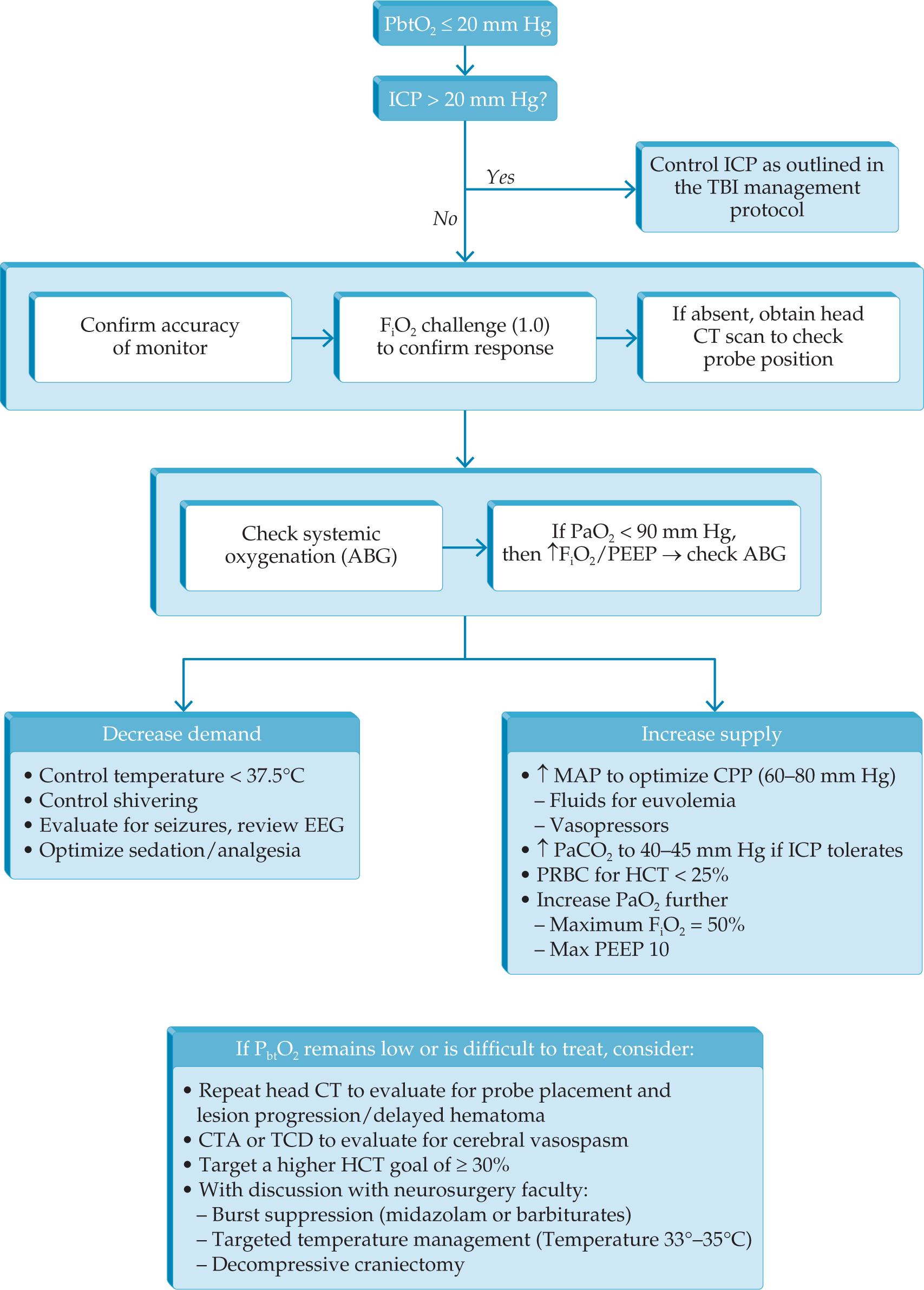
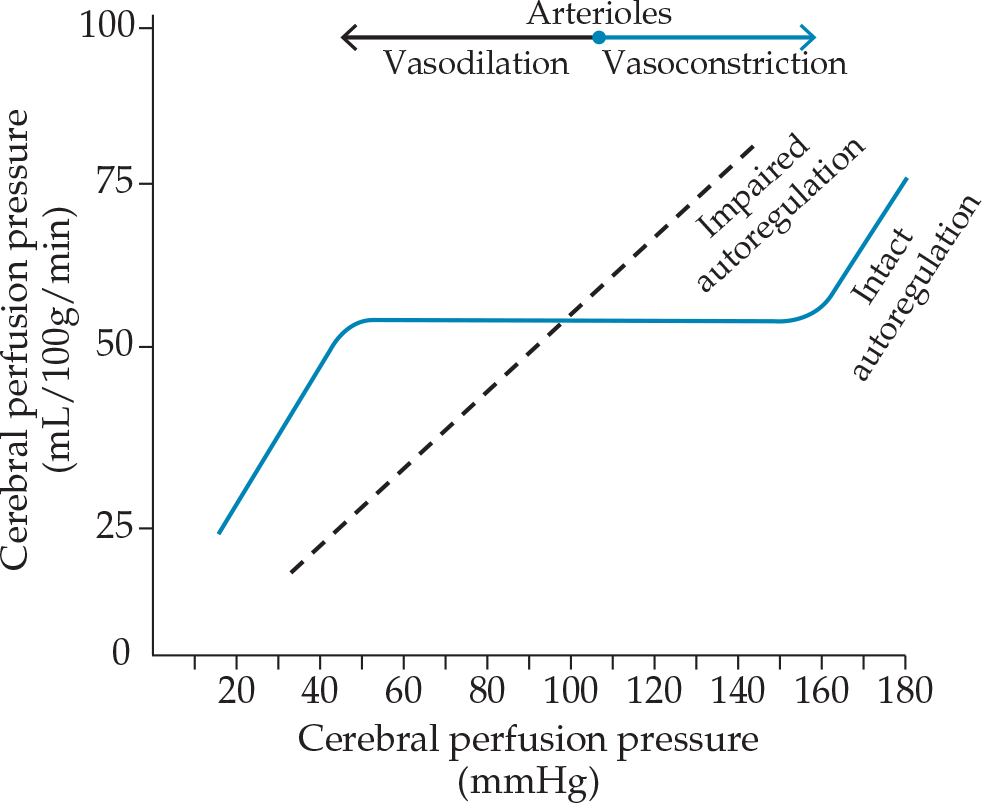
Cerebral Metabolism and Blood Flow Following Traumatic Brain Injury
- Following brain injury, mechanisms that match nutrient supply to the cerebral metabolic demand are disrupted, leading to changes in the intracranial pressure, cerebral blood flow, and ischemia.
- Understanding the concept of cerebral autoregulation and what it means when it is disrupted can help the clinician prevent secondary brain injury and improve patient outcome.
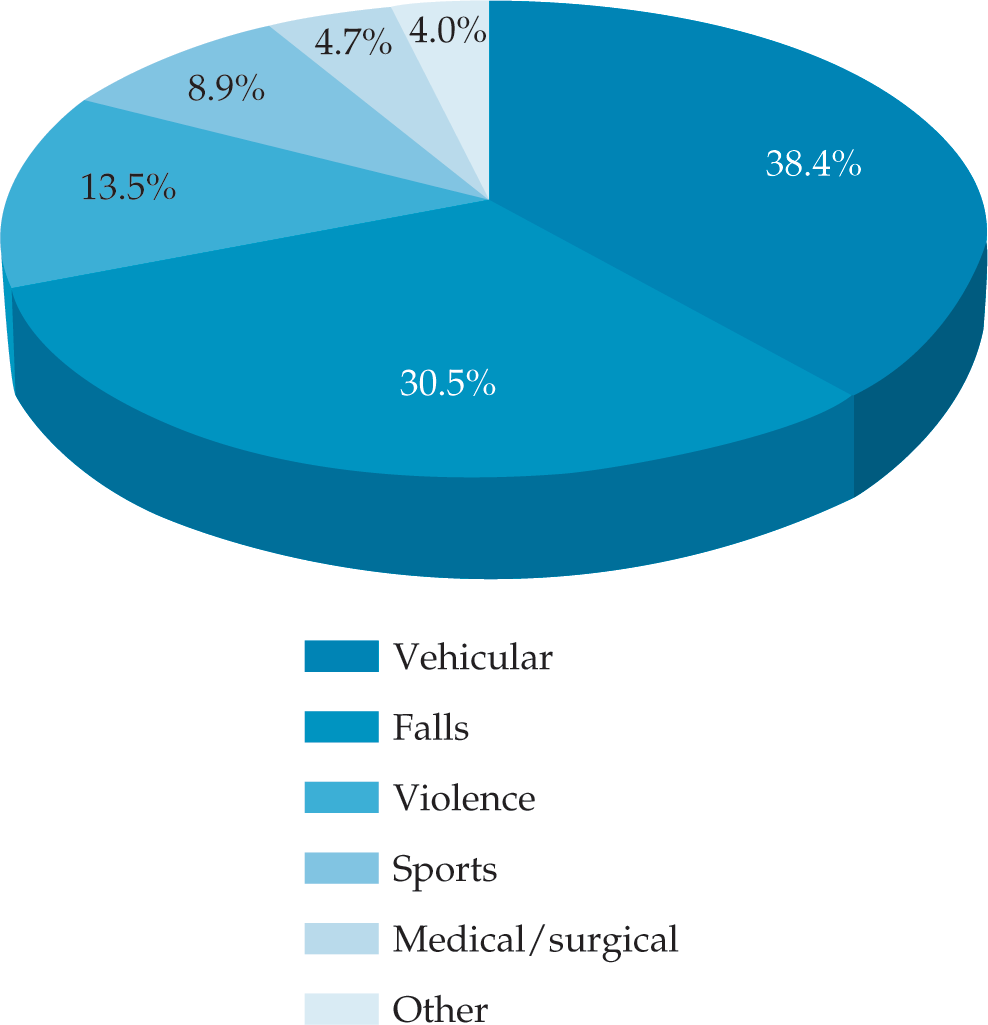
- Maintain a mean arterial blood pressure 85-90 mmHg for 7 days following injury.
- Methylprednisolone is not recommended for treatment of traumatic spinal cord injury.
- Obtain MRI if incomplete neurologic deficit or findings that do not correlate with CT.
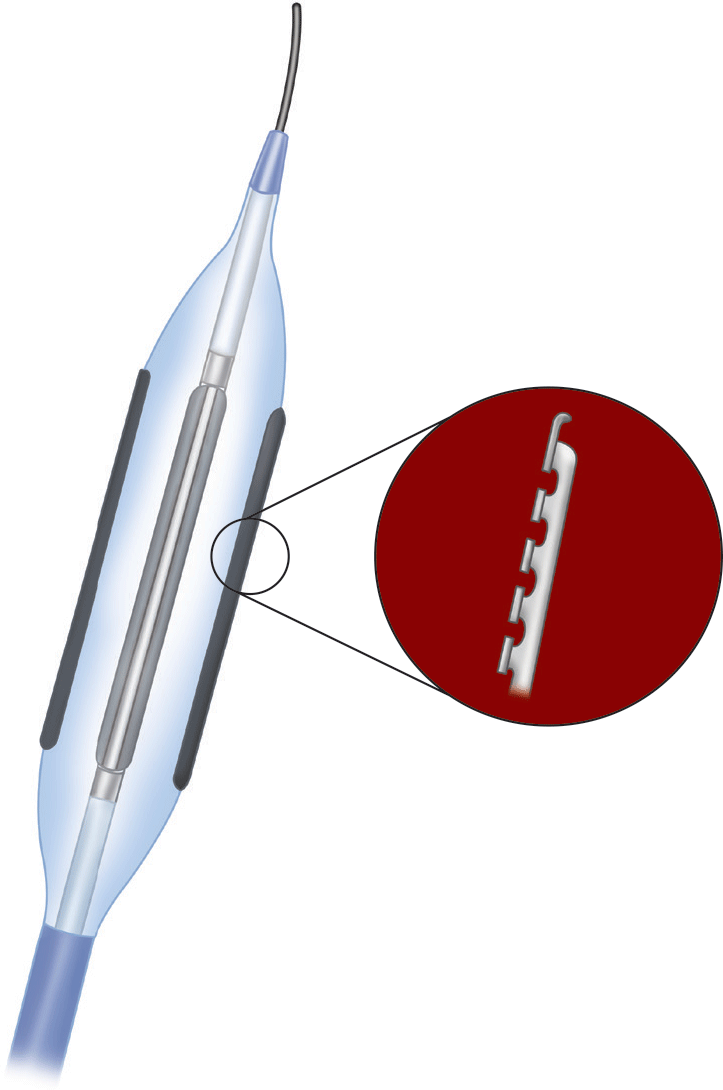
Endovascular Procedures for Lower-extremity Vascular Disease:Basics of Endovascular Intervention
- Adjuncts to angioplasty and stenting
- Alternative access for lower extremity angiograms (transpopliteal, pedal, transcollateral)
- Alternative contrast agents
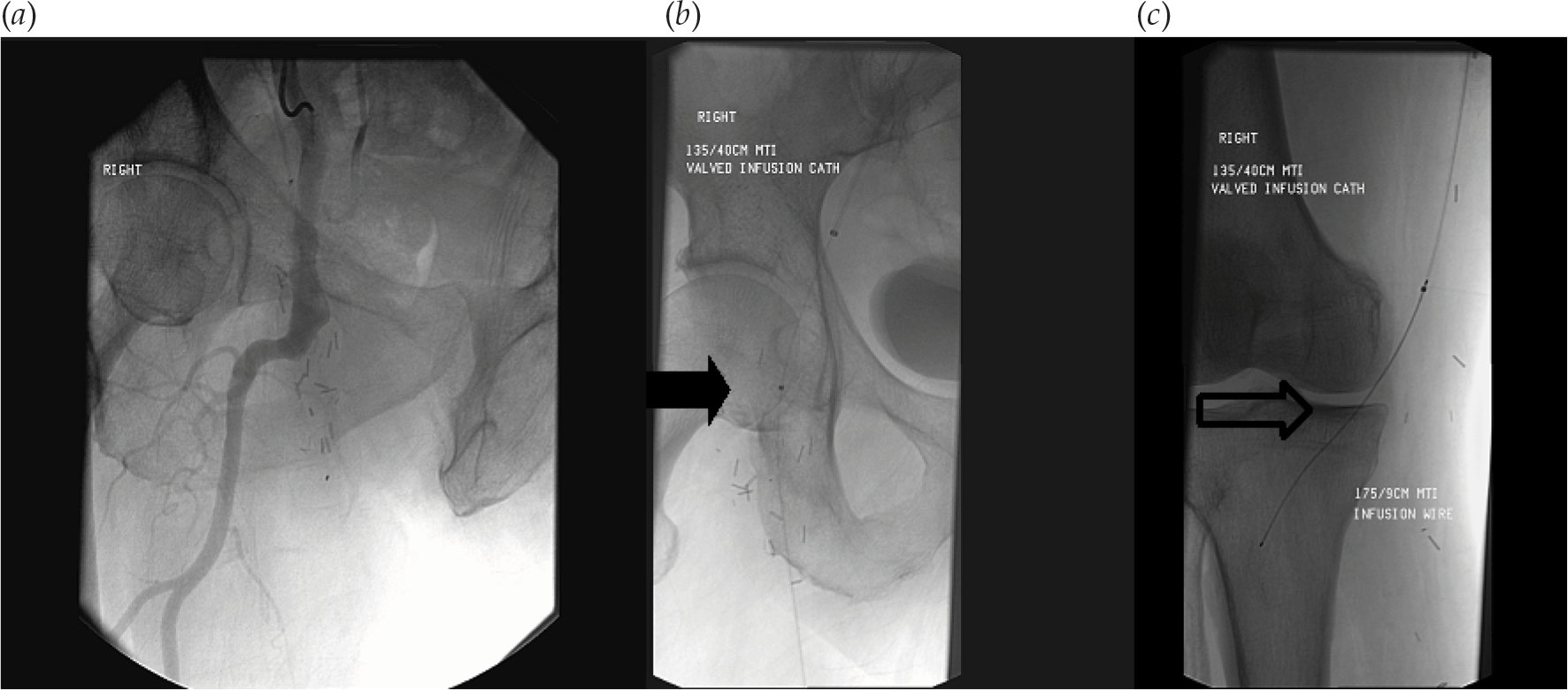
Endovascular Procedures for Lower-extremity Vascular Disease: Specifics of Endovascular Treatment
- Enhanced understanding of pseudoaneurysm and aneurysm endovascular treatment
- Enhanced technique for accessing occluded bypass grafts

Endovascular Procedures for Lower-extremity Vascular Disease: Specifics of Endovascular Treatment
- Enhanced understanding of pseudoaneurysm and aneurysm endovascular treatment
- Enhanced technique for accessing occluded bypass grafts

Endovascular Procedures for Lower-extremity Vascular Disease:Basics of Endovascular Intervention
- Adjuncts to angioplasty and stenting
- Alternative access for lower extremity angiograms (transpopliteal, pedal, transcollateral)
- Alternative contrast agents
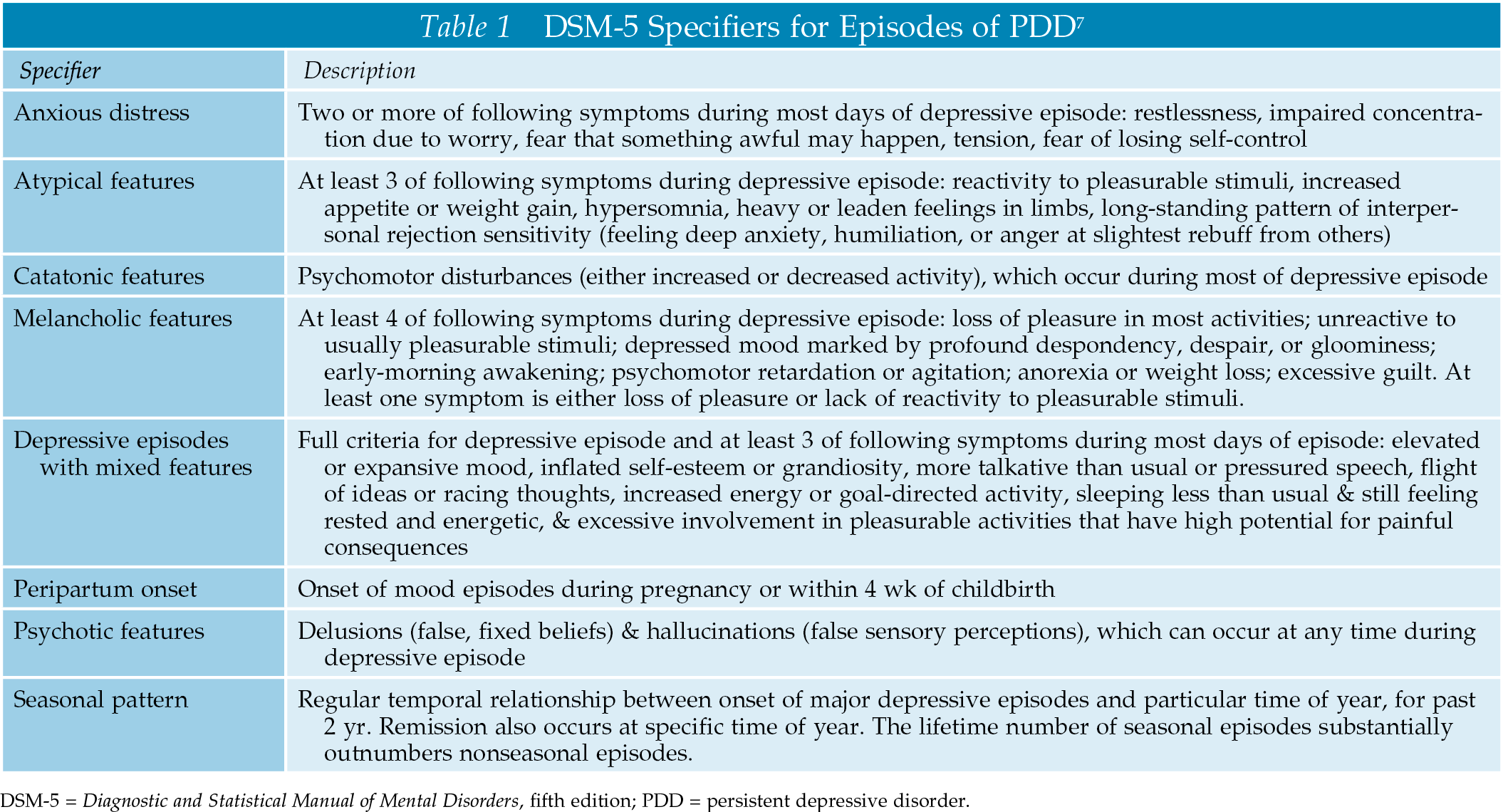
Depressive Disorders: Update on Diagnosis, Etiology, and Treatment
- 2017 Japan Society for Equilibrium Research guideline on classification, diagnostic criteria, and management of benign paroxysmal positional vertigo
- Latest American Physical Therapy Association guideline on vestibular rehabilitation for peripheral vestibular hypofunction


.png)







